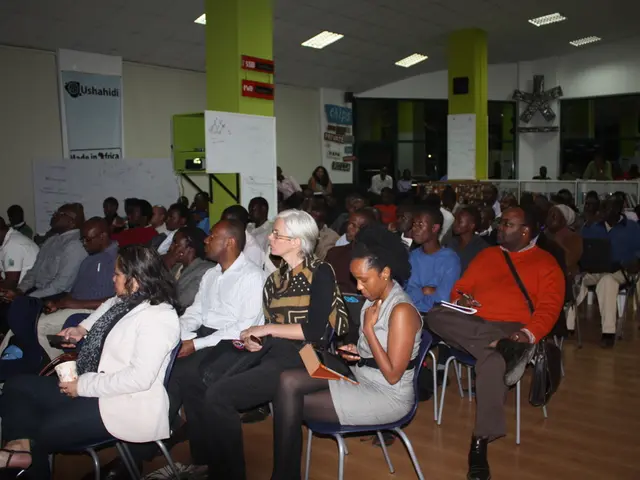Oberlin College's eighth president, Robert W. Fuller '56, passes away at the age of 88.
Robert Works Fuller: A Visionary Leader at Oberlin College
Robert Works Fuller, who passed away in 2025 at the age of 88, served as the 10th president of Oberlin College from 1970 to 1974. During his tenure, Fuller made significant contributions to the institution, transforming it into a more inclusive, socially conscious, and academically vibrant institution.
At the tender age of 33, Fuller became one of the youngest college presidents in U.S. history when he was appointed president of Oberlin College. His presidency was marked by a commitment to educational reform, diversity, and the arts.
Fuller established a faculty-administration body to consider structural changes in the curriculum and academic calendar. He also created a Commission on the Status of Women to address gender equality on campus. Under his leadership, the college tripled the enrollment of minority students, substantially increasing campus diversity.
Fuller's tenure saw the establishment of an African Studies program, highlighting an expansion in academic offerings and global perspectives. He actively supported the arts, recruiting notable figures like Bill Irwin and Julie Taymor to lead the Inter-Arts Program.
In what was called the "Oberlin Experiment," Fuller worked with Jack Scott (hired as chairman of physical education and athletic director) to recruit the first four African-American athletic coaches at a predominantly white U.S. college, including Olympic gold medalist Tommie Smith. Fuller and Scott appeared on prime time television with Howard Cosell to discuss these groundbreaking changes in sports and diversity.
Fuller's initiatives on minority enrollment and African-American coaching hires were pioneering at predominantly white institutions at the time, fostering both racial integration and equity in academics, athletics, and arts. The structural and curricular reforms laid groundwork for future diversity and inclusion practices at Oberlin.
Further, Fuller’s attracting notable faculty and supporting interdisciplinary arts enhanced the college’s cultural and intellectual environment. Despite the turbulence of the early 1970s, Fuller’s tenure is seen as a progressive chapter that aligned Oberlin with broader social reforms of the era.
After leaving Oberlin College in 1974, Fuller traversed the globe, devoting himself to causes like arms control and world hunger. He continued to write influential books based on the concept of "Dignity for All" and co-authored the book Mathematics of Classical and Quantum Physics, which is still in print.
Fuller's legacy at Oberlin College is evident in the Seeley G. Mudd Learning Center, a significant campus landmark, which was constructed under his leadership. He also returned to Oberlin College several times, including participating in reunion activities at the invitation of the Class of 1974.
For more information on Robert Fuller's life and work, visit www.RobertWorksFuller.com and his New York Times obituary.
References:
- Oberlin College Archives
- The Oberlin Review
- The New York Times
- The Oberlin Alumni Magazine
- RobertWorksFuller.com
- Robert Works Fuller's tenure at Oberlin College (1970-1974) significantly extended beyond academics, with his initiatives addressing general news topics such as diversity, gender equality, and global perspectives in education and self-development.
- After his departure from Oberlin College, Fuller continued advocate for general news topics like arms control and world hunger, aligning his work with global issues and contributing to the broader scope of education and self-development.




